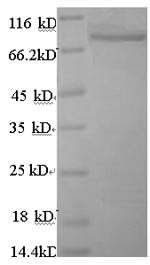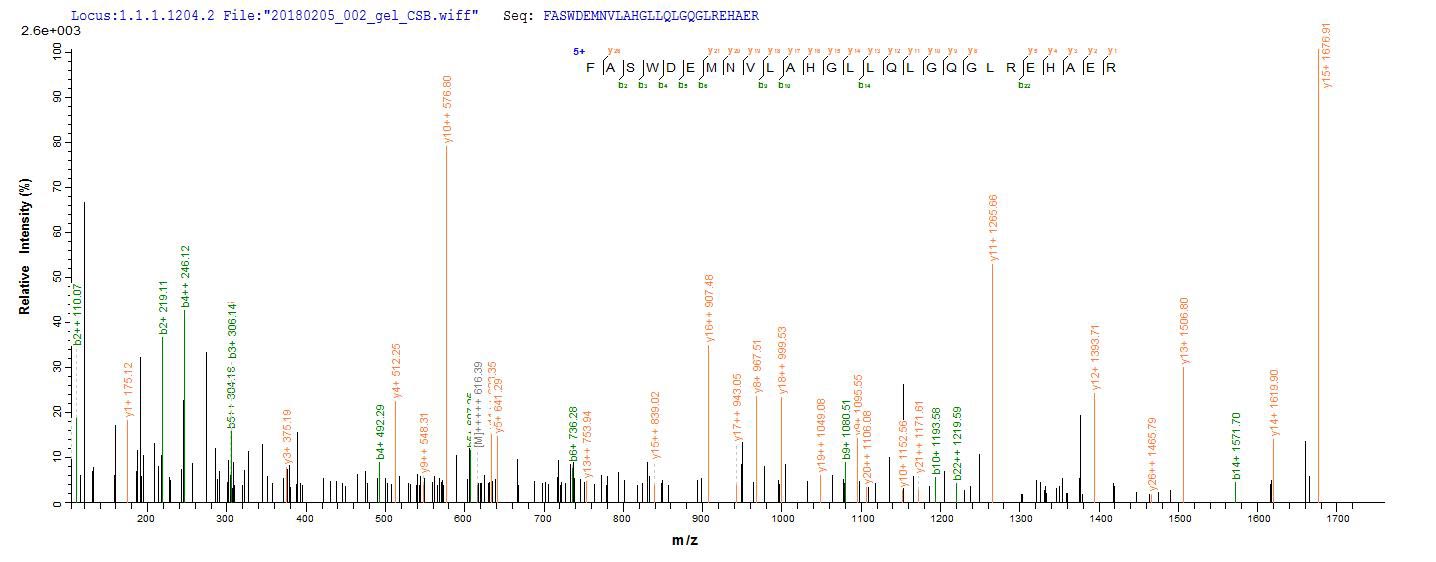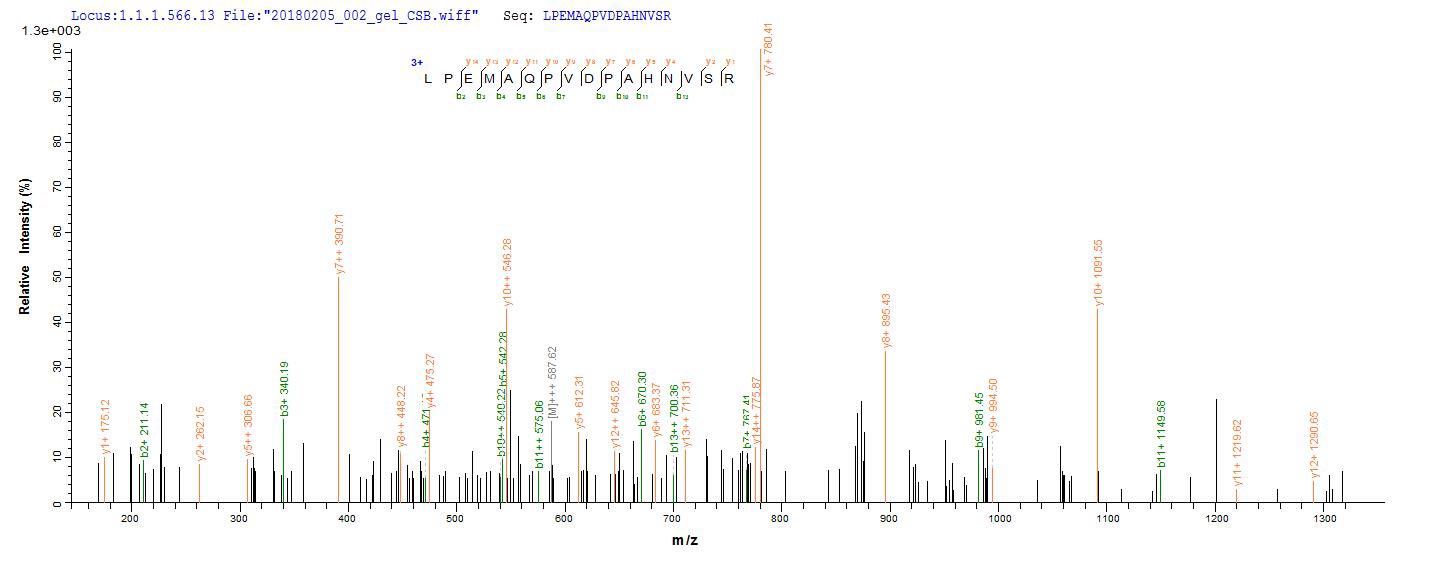A cDNA ORF corresponding to the peptide of Human Angiopoietin-related protein 4 (ANGPTL4) was expressed with an N-terminal GST-tag in E.coli. ANGPTL4 CSB-EP866314HU1 is a truncated molecule having amino acid residues of Val28-Glu403. Its purity is greater than 90% as measured by SDS-PAGE. A molecular mass band of 88 about kDa was presented on the SDS-PAGE gel under reducing conditions. It was also validated by the LC-MS/MS analysis. This recombinant ANGPTL4 protein may be not only used for specific antibody production but also applied in the studies of cardiovascular diseases.
ANGPTL4 is a secreted protein with multiple functions. It participates in various biological processes, such as lipid metabolism, angiogenesis, and vascular permeability, cell differentiation, glucose, and energy homeostasis, wound healing, inflammation, redox regulation, and tumorigenesis. The ANGPTL4-high expression has demonstrated to be related to poor prognostic outcome in patients with various solid tumors. This may suggest the involvement of ANGPTL4 in cancer onset and progression, metastasis, and anoikis resistance.








